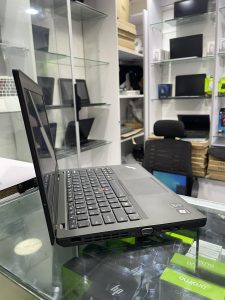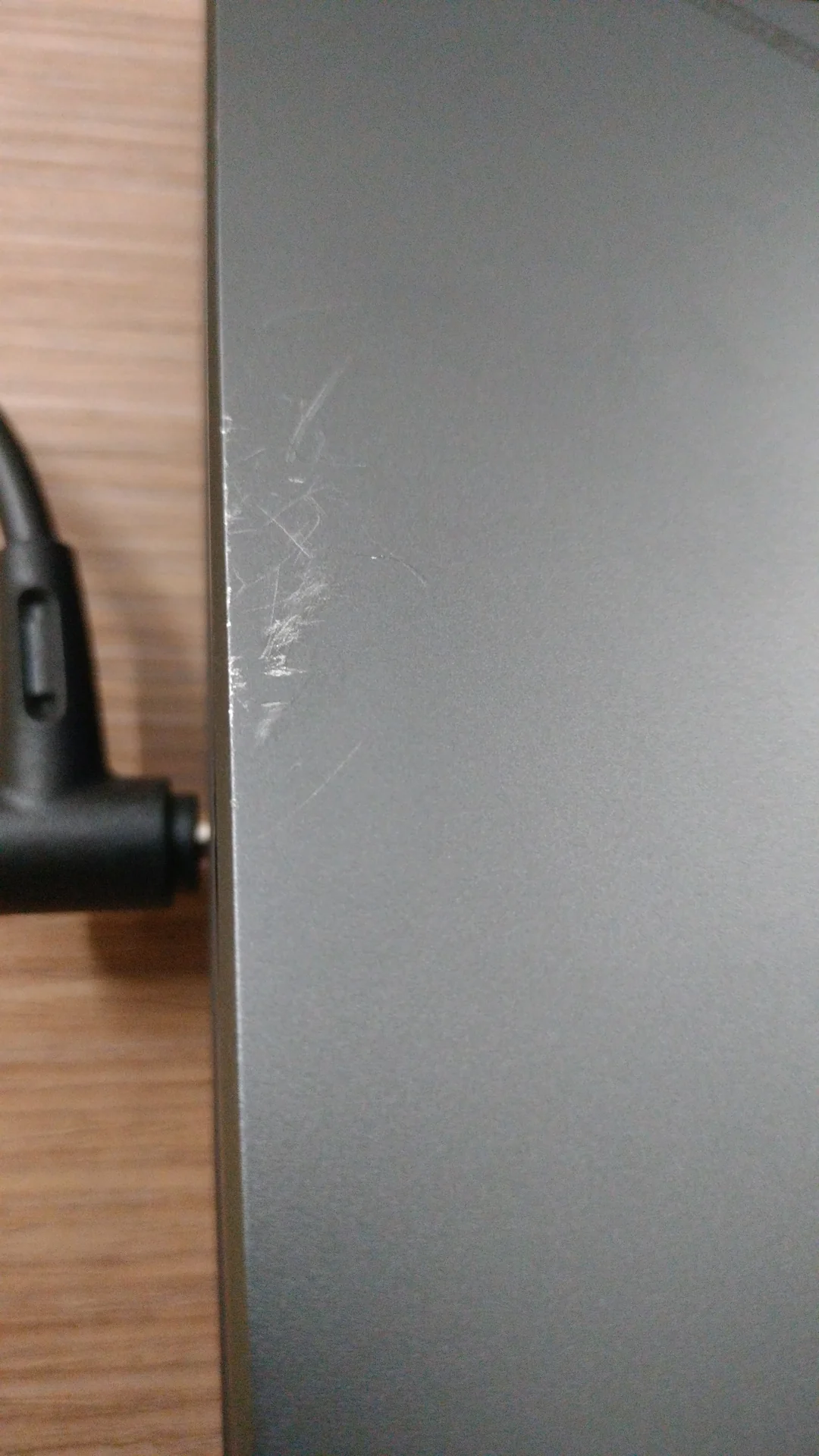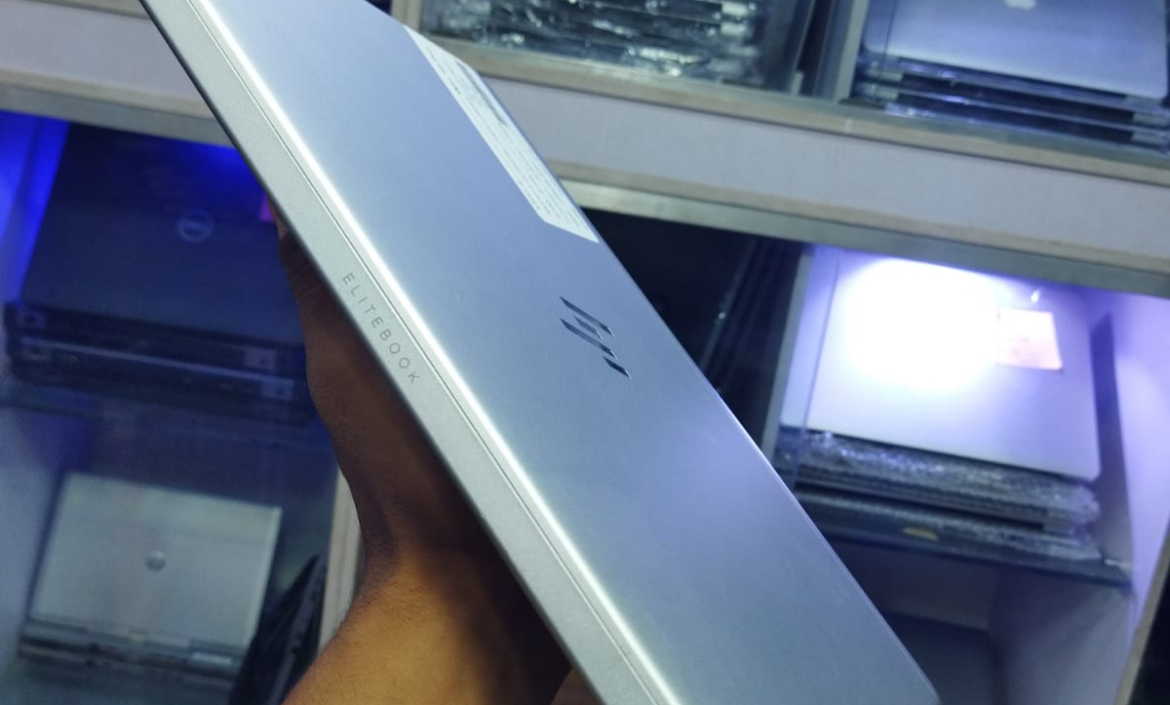With the high cost of Laptops currently because of bad economy, there are so many things we have to look out for when looking for a second hand laptop or a Used laptop. like brand of laptops, configurations, Bod, Battery, different needs for the laptop and cost consideration, .

Table of Contents
- Your Budget
- Brand Of The Laptop
- Laptop Body : Scratches and screws.
- Health Check : Battery life, Screen, wifi, Speaker, Port, CD/DVD drive, Keyboard and Track Pad.
- Primary Memory: Ram
- Secondary Memory: HDD vs SSD
- Processor: Intel vs Amd, Generation of the Processor.
- Screen Size
- Guarantee and Warranty
Buying a used laptop or a second hand laptop sometimes leads to waste of money because there might be a hidden damaged parts you might not be aware of.
If you’re considering buying a used laptop, this article will guide you to get the best out of your money.
1. Budget :
There is laptop for any budget but There is an adage that says “cut your clothe according to your size”.
Whatever you want to purchase in life you must consider your budget. Be reminded that you cannot go for Iphone 14 with the budget of Tekno Camon 15.
So it is good you make plan for laptop around your budget.
2. Brand :
Laptop brands is very important when buying fairly used. Because if the laptop develops fault you want to be able to replace any part without stress. Here are popular brand of laptop that their parts are easy to replace: HP, Dell, MacBook, Lenovo and so on.
3. Laptop Body : “Scratches and screws”
A Comprehensive look at the body of the laptop is crucial. Scratches, cracks, dents, worn-out rubber feet, and loose or damaged hinges can diminish the value of your purchase. Consequently, a laptop afflicted with these issues is likely to have a limited lifespan. Also , it’s very important to check for any missing screws or damaged corners on the laptop’s body.

Pay attention to any unusual decorative stickers on the laptop’s surface, as they may be concealing damage or cracks. Cracks in the laptop’s frame are often the result of accidental drops or more issues, which could lead to unseen internal harm. Also, take note of whether the seller is forthcoming about any defects in the laptop. Failure to disclose such information could indicate a problematic purchase. So, it is necessary you inspect both the front and back of a used laptop’s casing to ensure it worth the investment.
4. Health Check :
Do you want to be sitting before your laptop, working or watching a movie, and the battery runs out entirely?
Of course not, No one will want that, having a laptop whose battery does not survive long after a single charge is painful.
And you have to agree with me that second-hand laptops do not provide 100% battery performance.
What if you get a laptop whose keys are hard to press? What if its trackpad is not smooth enough to make you work efficiently or play games?
Before buying a used laptop or a second hand laptop, it is a must for you to check every key of your keyboard. You can open a text editor like Notepad and type all keys individually to see if they are easy to press and work correctly. The laptop relies on ports like USB, Ethernet, and HDMI (High Definition Multimedia Interface) for proper functioning.
These ports are crucial components.
USB ports allow external devices like keyboard, mouse, printer, and external hard drive to connect to the laptop.
Do you know that Ethernet ports offer a super-fast wired network connection?
Hence, you need to test these ports through USB and headphones when shopping for a perfect used laptop.
Laptops with built-in CD/DVD drives have become obsolete.
Modern-day computers are slim and cannot afford to give much space to CD/DVD drives. These days but if it have be sure to test it.
5. Primary Memory:
Ram is considered as primary memory, laptops come on different sizes from 4GB of RAM to 128Gb , but ideally you want at least 8GB on an average laptop and 16GB if you can spend just a little more. For most folks, 32GB or more is more than enough while 64GB and above is reserved for powerful graphics and software users.
6. Secondary Memory (Choosing between HDD and SDD)
The second hand laptop must have either an HDD (Hard Disk Drive) or SSD (Solid State Drive) installed.
A hard drive is the most typical form of secondary storage
with a spinning disk to read and write data. This device can be as small as 2.5 inches, while its capacity can vary from 160 GB to 2 TB.
On Solid State Drive (SSD) is even more important than the speed of your CPU. If you can afford it and don’t need a ton of internal storage, get a laptop with a solid state drive (SSD) rather than a hard drive.
Because you’ll see at least three times the speed and a much faster laptop overall.
7. Processor: Intel vs Amd, Generation of the Processor
CPU is a short form for Central Processing unit
Your laptop’s performance is connected with the performance and speed of the processor. It can make your laptop either go fast or slow down while working its working.
Intel, AMD, Apple, and Qualcomm are the famous brands that make laptop processors.
Laptop prices is connected with performance CPU offers. The faster the processor, the better the experience you will enjoy and the higher the cost.
Intel offers Pentium, dual Core, Core i3, Core i5, Core i7, and Core i9 processors.
8 Screen Size:
It is also good if you identify the size of the screen you are looking out for. from 10.3 inches to up to 17 inches. It depends on your choice.
9: Guarantee and Warranty
When buying a second hand laptop, Are there any warranty attached to the laptop you want to buy?
I will leave you with this question
Also consider the location where you are buying the laptop. Be sure it is a public space and a safe place





